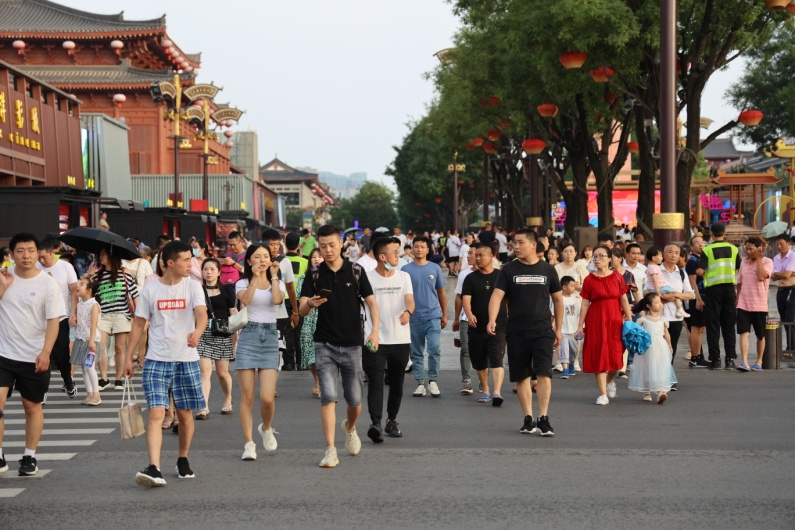Developed areas and provincial capitals population magnets in past 10 yrs


Chinese people have been heading to developed regions, provincial capitals and city clusters in the past 10 years, according to a report by Yicai.com on Monday.
East China's Zhejiang, Jiangsu and Fujian provinces, as well as South China's Guangdong province, have attracted the most population in the past 10 years. Eight regions, including Guangdong, Zhejiang, Jiangsu, Fujian, Guangxi Zhuang autonomous region, Guizhou, Sichuan and Chongqing, have seen their populations grow by a total of 56.96 million people, comprising 79 percent of the national population growth during this period.
Guangdong province, with its GDP continuously topping the country, saw its permanent resident population increase by 21.7 million during the past 10 years, giving it a total floating population of 52 million, the report said.
Among the over 330 prefecture level administrative regions nationwide, 149 of them -- mostly in Northeast China and Central China -- saw a population decrease in the past 10 years.
Early industrialization and urbanization, as well as a low birth rate, have led to a lower population in Northeast Chinese cities, as well as cities in North China's Shanxi province.
East and Central China's Anhui, Hubei and Hunan provinces, which are close to economic powerhouses such as the Yangtze River Delta, Pearl River Delta and the Beijing-Tianjin-Hebei economic zone, are losing more people to these developed areas.
Transportation infrastructure, including high-speed rail, is improving with the development of the Yangtze River Delta, which facilitates the travel of personnel between Henan and Jiangsu, Zhejiang and Shanghai, said Ding Changfa, associate professor for the economics department at Xiamen University, to Yicai.com.
Population outflow for cities in Hubei, Hunan and Anhui provinces can also be attributed to the strong development momentum for their provincial capitals, which attracted more people during the past 10 years. The same scenario occurred in some provinces in Southwest and Northwest China. For example, seven of the 10 cities in Shaanxi province witnessed a population decline. The population of its provincial capital Xi'an, on the other hand, has increased by 3.88 million in the past 10 years.
Chengdu, the provincial capital of Southwest China's Sichuan province, registered 5.82 million in population growth since 2011, while the number of people in 13 out of 21 cities in Sichuan contracted during the same period of time.
The population for all cities in East China's Zhejiang, South China's Hainan, Southwest China's Guizhou province and the Tibet autonomous region has increased in the past 10 years, said the report, thanks to Zhejiang's developed and balanced regional economy, and the high birth rate for Hainan, Guizhou and Tibet.




































